Description
Being on the run certainly defined Geronimo’s way of life. He belonged to the smallest band within the Chiricahua tribe, the Bedonkohe. Numbering a little more than 8,000, the Apaches were surrounded by enemies-not just Mexicans, but also other tribes, including the Navajo and Comanches. Raiding their neighbors was also a part of the Apache life. In response the Mexican government put a bounty on Apache scalps, offering as much as $25 for a child’s scalp. But this did little to deter Geronimo and his people. At the age of 17 Geronimo had already led four successful raiding operations. Around this same time Geronimo fell in love with a woman named Alope. The two married and had three children together. Then tragedy struck. While out on a trading trip, Mexican soldiers attacked his camp. Word of the ransacking soon reached the Apache men. Quietly that night, Geronimo returned home, where he found his mother, wife and three children all dead. Warrior Leader The murders devastated Geronimo. In the tradition of the Apache, he set fire to his family’s belongings and then, in a show of grief, headed into the wilderness to bereave the deaths. There, it’s said, alone and crying, a voice came to Geronimo that promised him: “No gun will ever kill you. I will take the bullets from the guns of the Mexicans … and I will guide your arrows.” Backed by this sudden knowledge of power, Geronimo rounded up a force of 200 men and hunted down the Mexican soldiers who killed his family. On it went like this for 10 years, as Geronimo exacted revenge against the Mexican government. Beginning in the 1850s, the face of his enemy changed. Following the end of the Mexican-American War in 1848, the U.S. took over large tracts of territory from Mexico, including areas belonging to the Apache. Spurred by the discovery of gold in the Southwest, settlers and miners streamed into their lands. Naturally, tensions mounted. The Apaches stepped up their attacks, which included brutal ambushes on stagecoaches and wagon trains. But the Chiricahua leader, Geronimo’s father-in-law, Cochise, could see where the future was headed. In an act that greatly disappointed his son-in-law, the revered chief called a halt to his decade-long war with the Americans and agreed to the establishment of a reservation for his people on a prized piece of Apache property. But within just a few years, Cochise died, and the federal government reneged on its agreement, moving the Chiricahua north so that settlers could move into their former lands. This act only further incensed Geronimo, setting off a new round of fighting. Geronimo proved to be as elusive as he was aggressive. However, authorities finally caught up with him in 1877 and sent him to the San Carlos Apache reservation. For four long years he struggled with his new reservation life, finally escaping in September 1881. Out on his own again, Geronimo and a small band of Chiricahua followers eluded American troops. Over the next five years they engaged in what proved to be the last of the Indian wars against the U.S. Perceptions of Geronimo were nearly as complex as the man himself. His followers viewed him as the last great defender of the Native American way of life. But others, including fellow Apaches, saw him as a stubborn holdout, violently driven by revenge and foolishly putting the lives of people in danger. With his followers in tow, Geronimo shot across the Southwest. As he did, the seemingly mystical leader was transformed into a legend as newspapers closely followed the Army’s pursuit of him. At one point nearly a quarter of the Army’s forces-5,000 troops-were trying to hunt him down. Finally, in the summer of 1886, he surrendered, the last Chiricahua to do so. Over the next several years Geronimo and his people were bounced around, first to a prison in Florida, then a prison camp in Alabama, and then Fort Sill in Oklahoma. In total, the group spent 27 years as prisoners of war.

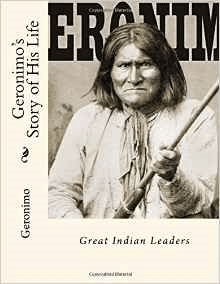
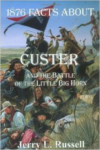
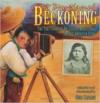
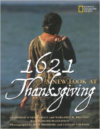
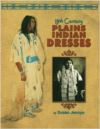
Reviews
There are no reviews yet.